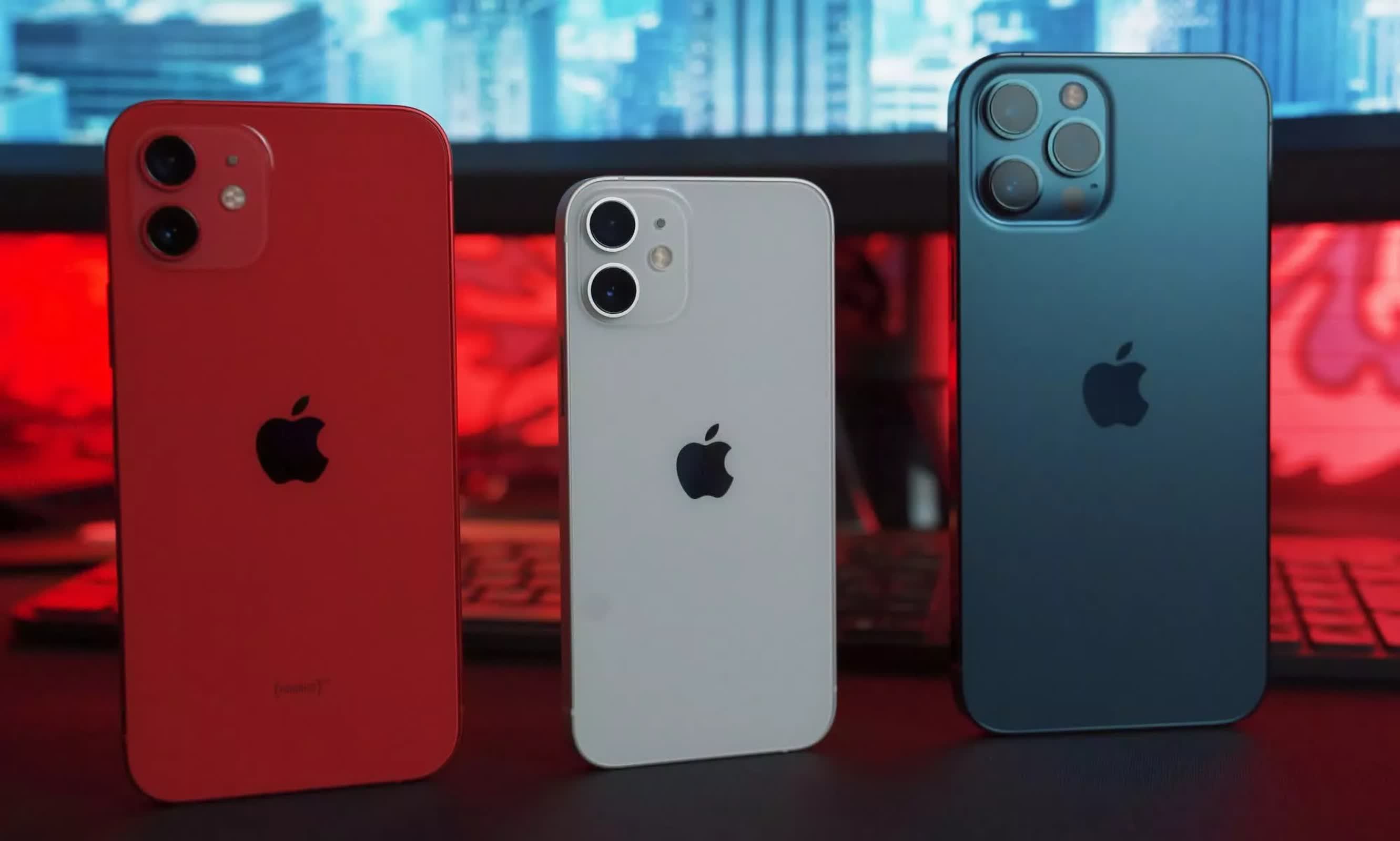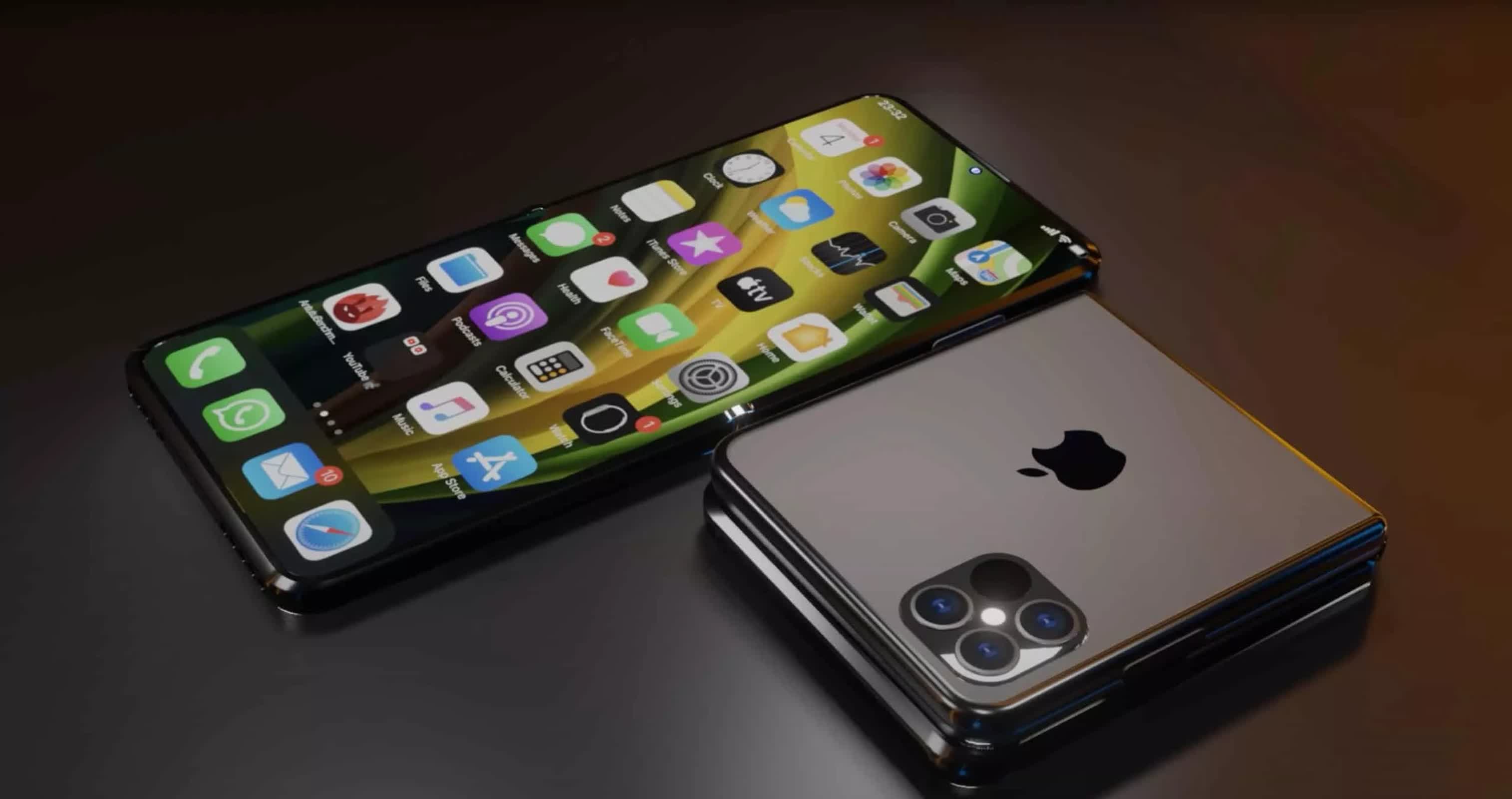In a nutshell: Apple is set to overhaul its iPhone release schedule in 2026 with a staggered launch separating premium models from standard versions. This new approach aims to manage an expanded six-model lineup better while tackling production challenges and boosting sales amid changing market demands.
Apple is preparing to significantly alter its iPhone release strategy starting in 2026, according to a report from The Information. This shift involves splitting the launch schedule into two distinct periods: the premium iPhone 18 Pro models, the new iPhone 18 Air, and the company's first foldable iPhone are set to debut in fall 2026, while the standard iPhone 18 and a refreshed iPhone 16e model will be postponed until spring 2027.
This change marks a departure from Apple's long-standing tradition of unveiling all new iPhone models simultaneously in the fall.
The rationale behind this staggered release appears to be multifaceted. Apple's iPhone lineup has expanded to six models, including the upcoming foldable device, which makes managing production and marketing more complex. By spacing out launches, Apple aims to better allocate manufacturing resources and reduce the number of workers needed simultaneously on assembly lines.
Apple also hopes this new approach will boost iPhone sales, which have stalled in recent years as the upgrades from one model to the next become less compelling for many buyers.
A major highlight of Apple's upcoming lineup is the foldable iPhone, expected in fall 2026. The device will feature a book-style design with a 7.8-inch inner display and a 5.5-inch outer display, and is rumored to include Face ID technology.

Alongside the foldable and Pro models, the iPhone 18 Air will launch in fall 2026. This model is expected to be ultra-thin, around 5.5 millimeters, making it the thinnest iPhone ever produced.
However, the iPhone 17 Air – expected to launch in 2025 – is drawing attention for its battery life concerns. According to The Information, internal testing suggests that only 60 to 70 percent of iPhone 17 Air may get a full day of battery life without recharging, compared to 80 to 90 percent for other models.
To address this, Apple plans to introduce a new battery case accessory specifically for the iPhone 17 Air, reviving a concept it had discontinued with the advent of MagSafe wireless charging. This battery case will help extend the device's usage time, though it may diminish some of the benefits of the phone's slim profile.
Notably, Apple's suppliers are not confident in the commercial success of the iPhone 17 Air. As a result, only about 10 percent of the production capacity for the iPhone 17 series is being allocated to this model, reflecting both uncertainty about demand and the challenges of introducing a radically thin device. This number could increase if demand proves stronger after launch, but the iPhone 17 Air is expected to be a more niche product for now.
Another important implication of the staggered release strategy is the apparent discontinuation of the iPhone "e" model for 2025. While Apple released the iPhone 16e as a more affordable alternative earlier this year, reports suggest there will likely be no iPhone 17e in 2026. Instead, the focus will shift to the iPhone 18e, which is expected to launch in spring 2027 alongside the standard iPhone 18. This marks a change in Apple's "e" model release cadence, which historically has been irregular and less frequent, and indicates a realignment in the more budget-friendly segment of the lineup.
The iPhone 17 Air will also completely eliminate the physical SIM card slot, relying exclusively on eSIM technology for cellular connectivity, which could pose regulatory challenges in markets like China. Additionally, the device is expected to have only one speaker, potentially affecting audio quality.

Apple plans to introduce under-display Face ID technology with the iPhone 18 Pro and Pro Max models, expected to launch in 2026. This means the facial recognition sensors will be embedded beneath the screen, eliminating the traditional pill-shaped cutout at the top of the display. These models will instead feature only a small hole in the top-left corner for the front-facing camera – a design change seen as a step toward an all-screen iPhone, which, according to sources interviewed by The Information, could debut with the iPhone 19 Pro lineup in 2027, coinciding with the iPhone's 20th anniversary.
